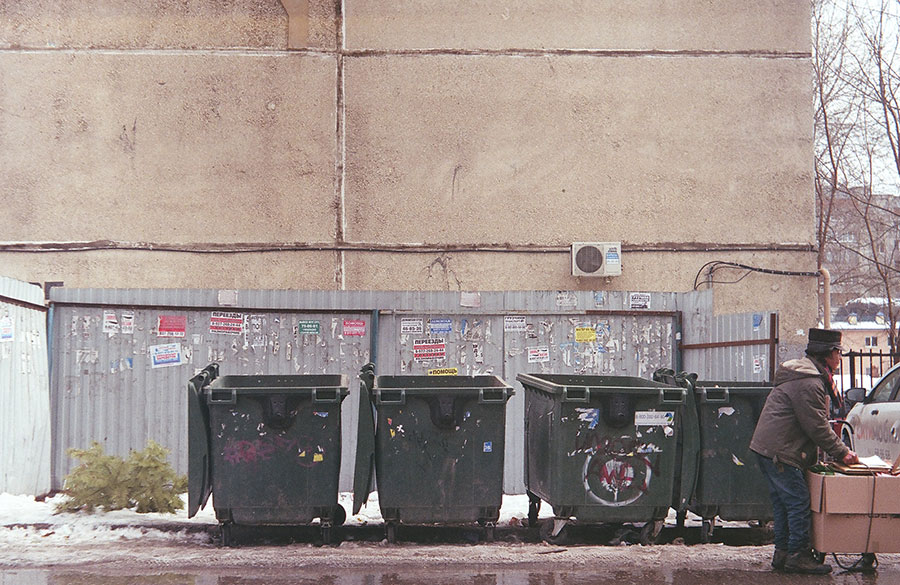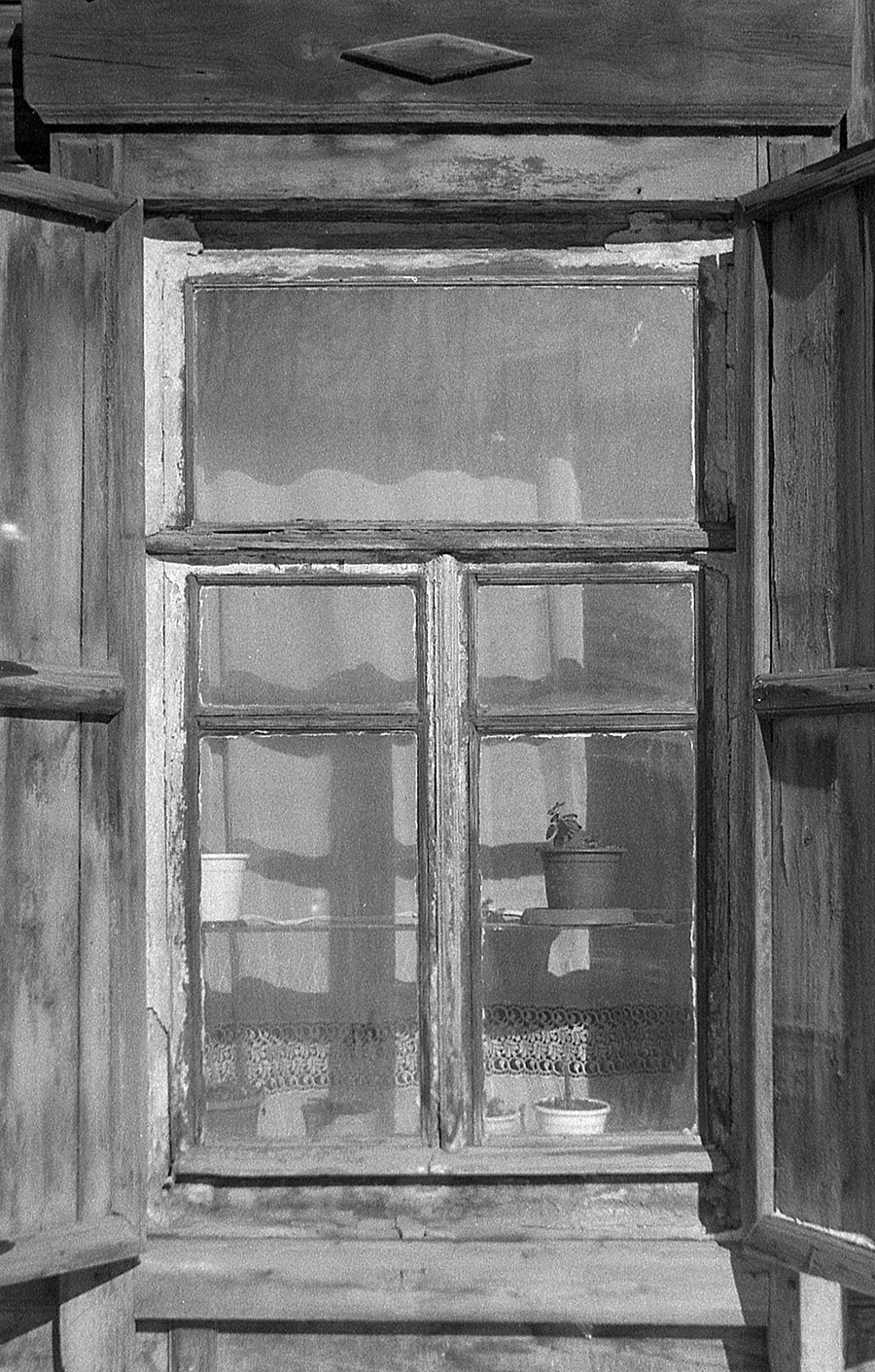FED
FED or FED-1 is one of the first Soviet 35mm rangefinder cameras, which was a clone of the legendary Leica camera.
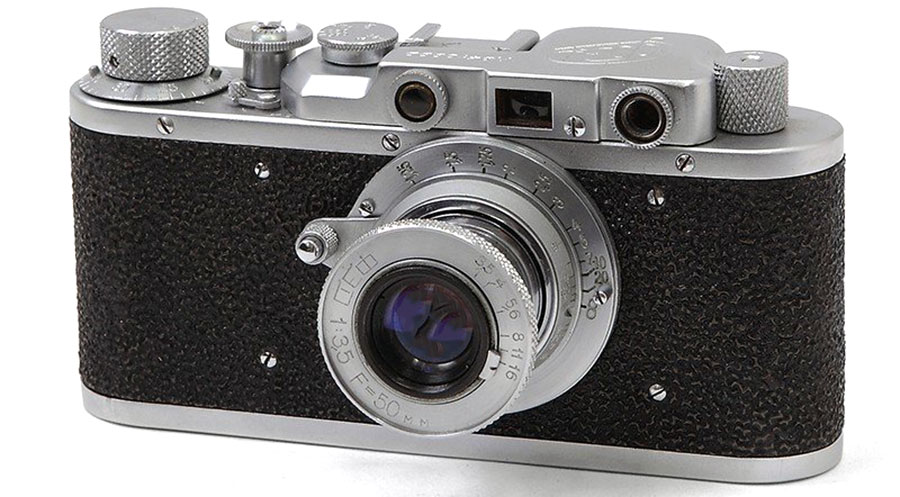
The first versions of the FED camera were produced from 1934 until the mid-50s by the FED plant, located in Kharkiv, Ukraine. And it’s probably not a secret to anyone that these were fairly accurate copies of German Leica cameras.
Fed Specifications
- Type: 35mm rangefinder camera
- Manufacturer: FED plant
- Production period: from 1934 to 1955
- Format: 24x36cm on 135 film
- Lens mount: m39 thread mount
- Lens: FED f3.5/50
- Rangefinder base: 38mm
- Shutter: focal-plane shutter with speeds from 1/20 to 1/500 sec.
- Viewfinder: optical parallax viewfinder not combined with the rangefinder
- Lighmeter: none
- Flash synchronisation: none
- Selftimer: none
- Weight: 580 grams
There is a lot of information on the Internet that these cameras were assembled by juvenile delinquents. Since it was the Soviet Union, it is quite possible to think that it was so.

After the end of the war, drawings of Leica cameras first came to the Arsenal plant, and then to Krasnogorsk (KMZ), where the production of Zorki cameras began. The FED and Zorki cameras of the first issues are practically indistinguishable from each other and from Leica II.

FED, like the original Leica II camera, is a very compact and lightweight camera. It fits perfectly in the hands. All the details seem to be exactly where they should be.


The body of FED is made of metal and covered with textured vulcanite. Nowadays, it’s quite difficult to find a camera with a perfectly preserved vulcanite coating, but it is very easy to restore it with liquid rubber and black paint.

Most FED cameras were equipped with FED 3.5/50 or Industar 10 3.5/50 lenses. The lens has exactly the same thread mount as the first Leicas, i.e. M39.
The shutter button is soft and located in the perfect place. The shutter cocking is connected to the film advancing and is very smooth, unlike many other Soviet cameras.
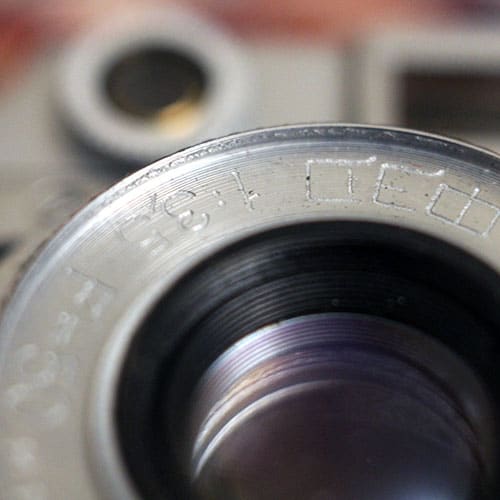

The camera is equipped with a shutter with fabric curtains, exactly the same as it was on Leicas, and had shutter speeds of 25, 50, 100, 250, 500, and B. For those years it was a decent set of shutter speeds, but the fact that the same set continued to be used until the 90s (both on FED cameras and on Zorkih and Zenits) was a big problem.


Since this is a copy of the very Leica II, the camera is equipped with a rangefinder and viewfinder that are not paired. This may seem uncomfortable, but in fact, it is not at all. The rangefinder has a magnification, which helps to focus more accurately, and the viewfinder is quite bright and clean.

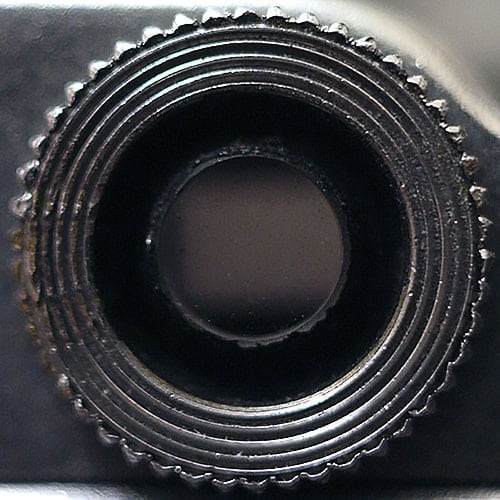
The FED camera is an excellent example of the early Soviet industry. These were the years when there was still a strong influence of pre-revolutionary science in Russia, and the products were made with good quality and without the desire for excessive cost reduction.
This camera feels like a high-quality and reliable camera. Yes, Leica II is made better. But the price of Leica is ten times higher. But can we say that Leica II is better than FED tenfold? Of course not.
The camera is very close in sensations to Leica. And the pictures taken with the first FED cameras are not inferior in quality to the pictures from Leica II.
FED PHOTOS


